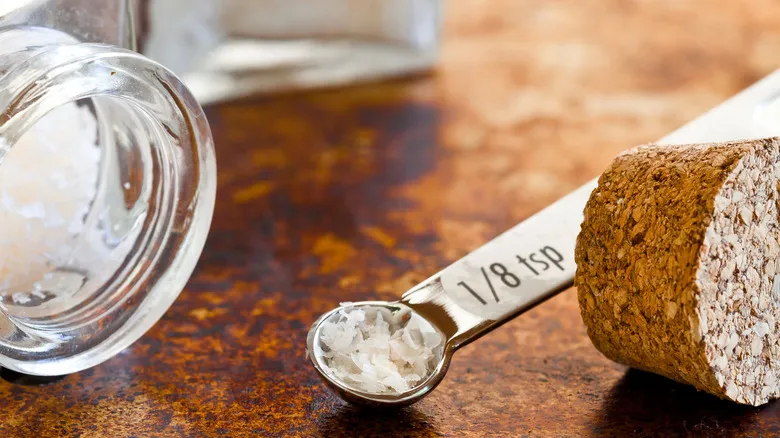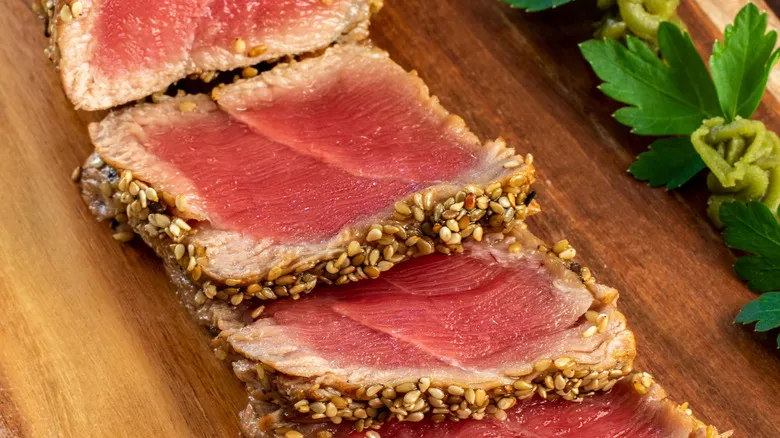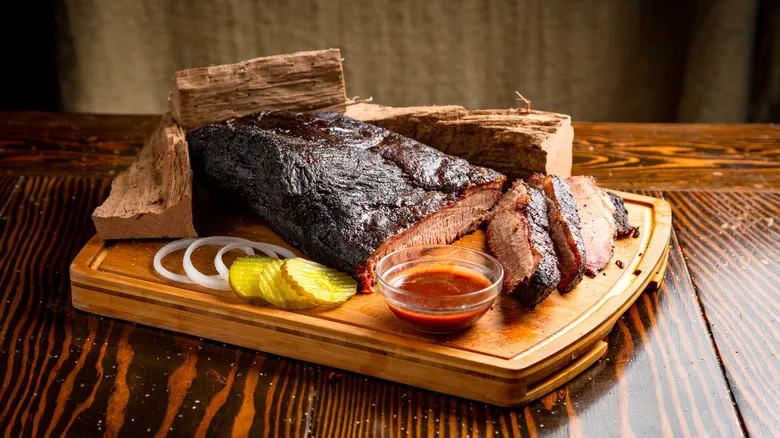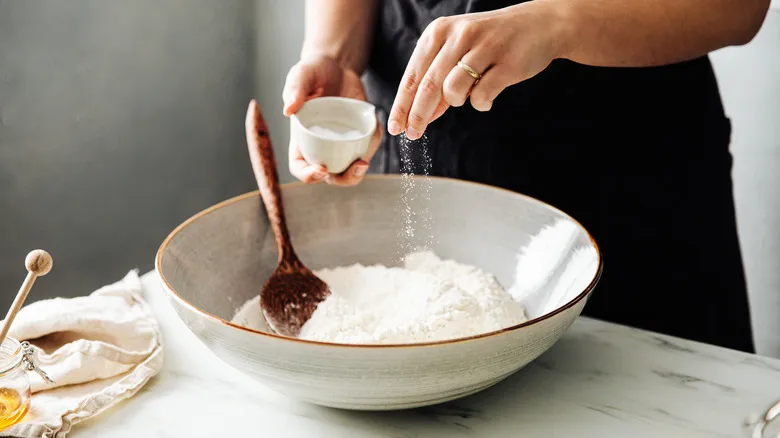Does the difference between a pinch and a dash really matter?

Although the distinction between 1/8 and 1/16 of a teaspoon may appear trivial, it can significantly impact a recipe in certain situations. A key factor is that a dash is twice the amount of a pinch, which can lead to a noticeable difference in flavor, especially in smaller recipes. Fortunately, this variation is unlikely to have a major effect on larger dishes meant to serve a whole family.
A pinch of an ingredient like salt can be quite impactful in recipes where it is typically absent. For instance, adding a pinch of salt to a pitcher of lemonade can eliminate its overpowering bitterness and create a smoother taste. Similarly, rolling chocolate chip cookies in sugar with a sprinkle of salt perfectly balances the sweetness and enhances the overall flavor. Experimenting with pinches, dashes, and even smidgens of ingredients like salt and sugar can elevate an ordinary recipe into something extraordinary.
Ultimately, while pinches and dashes have defined measurements, many recipes encourage cooks to add ingredients to their liking, adjusting until the desired flavor is achieved. The beauty of cooking lies in its flexibility—if it tastes good, feel free to use a dash instead of a pinch!
Recommended

The Classic Weeknight Meal You Can Reinvent With Ahi Tuna

The Texas Roadhouse Order That You Can Turn Into A Week Of Meal Prep

The Unexpected Canned Shellfish Topping That Makes Pizza Even Better

Can You Make Tomato Soup With Tomato Sauce?
Next up

